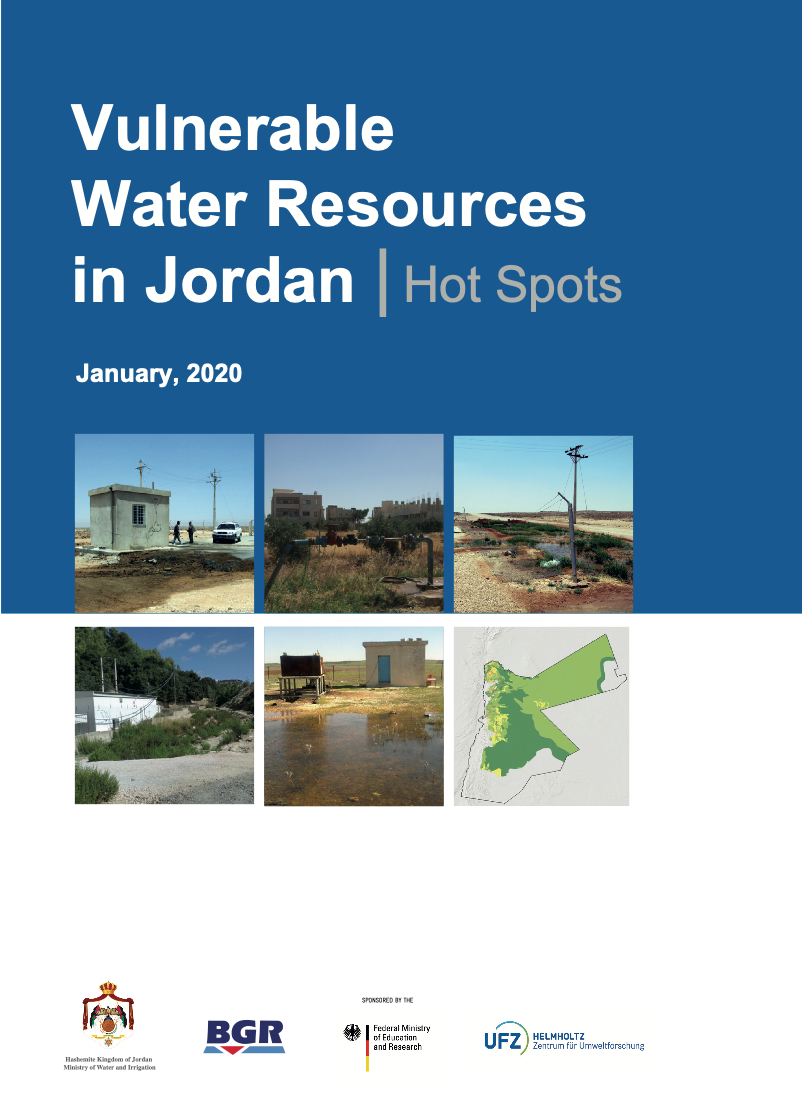Vulnerable Water Resources in Jordan | Hot Spots
Groundwater is an invaluable resource in Jordan. It contributes to about 70% of the domestic water supply and is the major source of drinking water in the country. Thus, its protection is of the highest priority for the Ministry of Water and Irrigation (MWI).

Over the last two decades, the MWI has taken a series of proactive measures to protect groundwater resources. In 2011, the MWI, in collaboration with the German Federal Institute for Geosciences and Natural Resources (BGR), implemented Groundwater Protection Zones in Jordan, in which the watershed of each groundwater well was divided into three zones, delineated using GIS maps. In Groundwater Protection Zone 1, no industrial or human activities are permitted, whereas in Zone 2 domestic and agricultural activities are allowed, but with strict limitations and frequent monitoring. Zone 3 covers the rest of the groundwater catchment area and it is assumed that human activities herein are less likely to contaminate the groundwater within the watershed. The concept of Groundwater Protection Zones was followed by the development of Groundwater Vulnerability Maps.
Mapping the vulnerability of groundwater aquifers through spatial hydrogeological assessments can pave the way for an enhanced understanding of the sensitivity of natural systems to anthropogenic activities. These maps are an important decision support tool that should be considered for land management planning. Groundwater Protection Zones along with Groundwater Vulnerability Maps are becoming essential in Jordan particularly in areas that are not served with a sewage network.
The main aim of this study originated from a request by the National Implementation Committee for Effective Integrated Wastewater Management – NICE to review and update the previously developed list of Hot Spots. Hot Spots are defined as areas where groundwater resources, through leakage of domestic wastewater from cesspools, septic tanks, or sewage networks or through inappropriate handling of wastewater, have been contaminated or are expected to be contaminated. Based on multi-dimensional criteria i.e. people served, level of pollution, frequency of pollution and the presence of on-site treatment, 16 Hot Spots were identified.
The identified Hot Spots, in combination with the Groundwater Protection Zones and Groundwater Vulnerability Maps, can be seen as an important decision support tool for stakeholders and decision makers when deciding where wastewater treatment plants will have the biggest impact for groundwater protection.
The study can be downloaded from the follwoing link:

